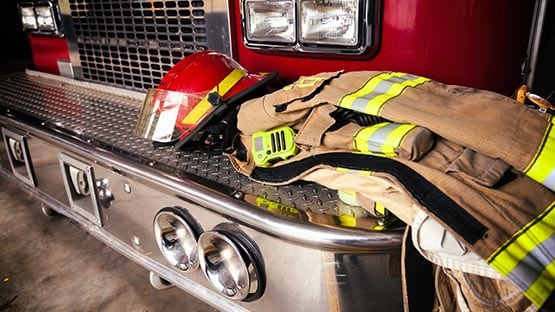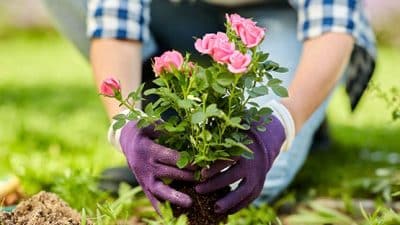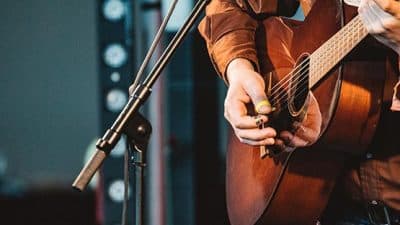
What keeps you up at night about your city or county? Crime? Opioid addiction? City liveability? Economic issues? I would think that every city/county manager would include at least one thing from this list. This is the life city/county officials lead: identifying and responding to the needs of your community—hopefully proactively and not reactively. As the topics are complex and nuanced all at the same time, this article offers an additional path to help you improve your residents’ lives.
When talking about the arts, what comes to mind? I would hazard to say that you are thinking about live theatre, fine art galleries, ballet, or opera. In other words, “high arts,” perhaps art for the elite, city/urban-centric arts, etc. But the arts are so much more than this, and they are actively working each day in your community, improving the liveability and economy of your area.
Arts and culture in city/county planning
Community planning is more than likely a substantial part of your job. Did you know that the arts can provide creative tools to help planning and urban design professionals engage with communities affected by their projects? Using storytelling, visual arts, and technology such as social media and digital billboards, community members can play a significant role in designing safe, beautiful, and useful spaces that reflect community needs and desires.
Collaborative planning toward a common goal helps communities develop a sense of social cohesion. Design processes that engage the community can foster a sense of ownership among residents. There is a significant correlation between the attachment people feel to the place in which they live and GDP growth. And arts districts help retain vernacular culture, helping to arrest the homogenization that makes cities less liveable.
Community development
Arts-based community development (sometimes called creative placemaking)—and the deep integration of arts and culture into communities’ pursuits of healthier, more vibrant, more equitable places—has a long history in the United States that stretches back thousands of years to the first Native American tribes and laces through post-colonization history as well. Artists, arts organizations, and artistic activities, in general, can play a valuable role in the development and long-term health and sustainability of our communities. Research shows that communities with a vibrant cultural scene are more desirable to live in, have greater economic stability, and attract a more diverse and educated workforce.
Economic development
Having a community in a community has increased the nearby residential property values by up to 20 percent, 8 Higher property values equal higher revenues as most localities’ budgets are heavily based upon property taxes. Research into the role of the arts in economic development highlights five ways the artwork:
- They create a fast-growing, dynamic business sector,
- They help mature industries become more competitive,
- They provide critical ingredients for innovative places,
- They catalyze community revitalization, and
- They deliver a better-prepared workforce.9
Conclusion
Hopefully, this article has offered you another view of the art for government and culture as transformational to communities—something to be valued, supported, and encouraged. The arts are essential to the human experience beyond any economic value, and local government leaders should truly embrace the arts and culture given the immense opportunities they provide a community.










